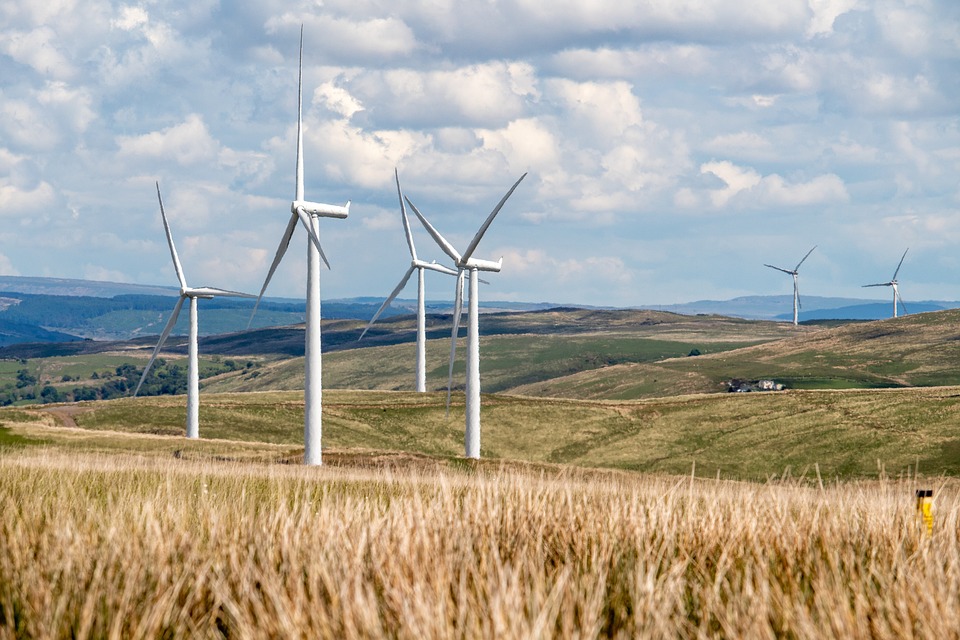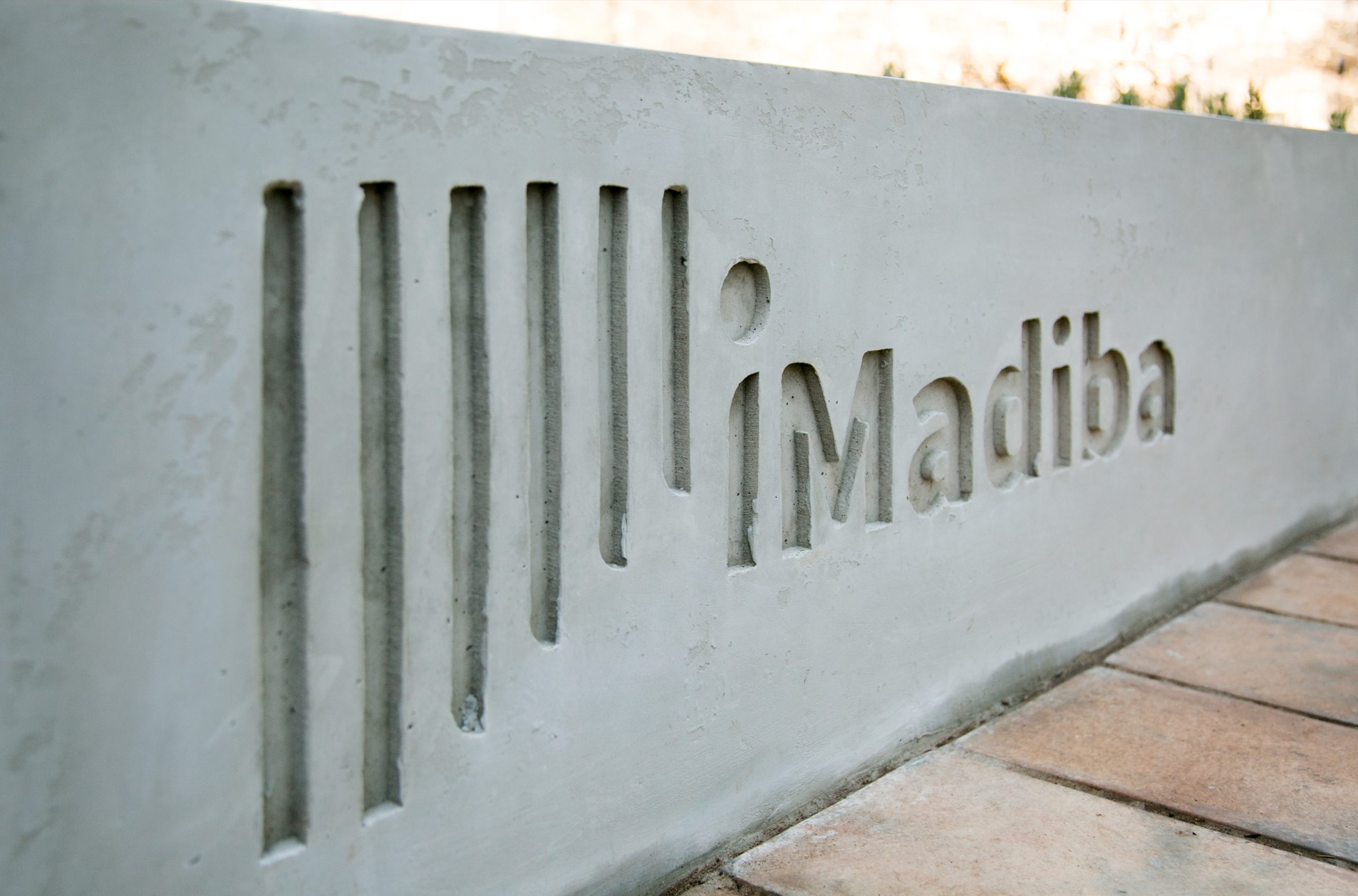
Infrastructure investment on the RISE
Retirement Investment and Savings for Everyone (RISE) is a retirement fund administrator and multi-manager with its finger on the pulse of the savings community in South Africa. Even in these tough times, RISE is outperforming other funds, having been ranked first on the CPI+7, CPI+5 and Money Market Portfolios, and second on the CPI+3 portfolio over 12 months on a peer relative basis in September 2022.
RISE portfolios are available as bundles on the EasyEquities platform. There are six options to choose from – three linked to CPI and three passive portfolios.
Thanks to a change in the law governing the diversification of investments, pension funds are now able to invest up to 45% of their assets in infrastructure projects. RISE has since invested a small portion of its funds in five wind farms. We asked RISE CEO Deresh Lawangee about the process of investing in these renewable energy projects and about infrastructure investments by pension funds in general.
“The listed environment has been very tough lately, with many people having lost money in the short term on their investments,” he said. “The unlisted environment, which is where infrastructure development falls, has given us much better returns.”
Last year the government announced changes to Regulation 28 of the Pension Funds Act, which governs how much SA retirement funds can invest in the various asset classes. The regulation is very supportive of private investing, particularly infrastructure investments.
“The current limit for infrastructure investments is 45%, with 15% allowed for private equity and 15% allowed for private debt,” said Deresh. “Yet, by and large, retirement funds – even large funds with young members – typically have less than 5% in unlisted investments.
“It’s important to remember that the 45% is not a minimum, but a maximum. So the investment takes place on a voluntary basis. My sense is that the government is going to look at the R2.1-trillion pension fund industry and encourage its members to do better than 5% – or whatever the number is – that they currently have invested in infrastructure projects.
Deresh explained the two phases in infrastructure development projects: firstly the development phase, which carries development risk and development profit, and then the operational phase, which produces annuity income.
“The development stage is seen as being far riskier than the operational stage,” he said. “In the operational stage, projects are de-risked and the annuity stream tends to match the liability profile of a retirement fund, particularly funds with a large proportion of post retirement members.”
Malls and office space, once the darlings of pension fund investors, have become increasingly risky, he said.
“High electricity and fuel costs, load shedding and slower consumer spending post Covid are making it difficult for mall tenants to pay rent. Demand for office space is also waning due to many business closing or cutting costs, and the entrenchment of the work-from-home trend.
“And so the long-term prospects of infrastructure development are starting to appeal to pension funds. A typical infrastructure project has a 20-year investment period, which perfectly matches the liability timeframe and annuity requirements of a typical pension fund.”
On the downside, there is a lot of work to do before deciding to invest in such a project.
“When you’re buying shares in listed companies, the work has already been done for you,” said Deresh. “You have hundreds of analysts looking at Naspers, for example. But when it comes to infrastructure investment, you need lumpy capital investments for big projects; the due diligence is detailed – so lots of lawyers involved – and you need specialist advisors to assist you. In the case of the wind farms that we’re building now, for example, you need environmental analysts, ornithologists, engineers, and many more. The due diligence process can literally take two years or more.”
At the end of the day, infrastructure development can be seen as “the honourable thing to do”.
“There’s no point in building a financially secure retirement if there are no streets or lights in the country,” said Deresh. “And so we will continue to monitor the landscape for viable projects of this nature and make the best and most sustainable investments possible for our members and for our fellow South Africans as a whole.”
Deresh will be speaking on “Determining the Suitability of Public Private Partnership Investments for Pension Funds” at the Sixth Annual Board Effectiveness & Strategic Planning for Pension Funds Masterclass 2022 in Zambia on 10 November.
Infrastructure investment on the RISE
Retirement Investment and Savings for Everyone (RISE) is a retirement fund administrator and multi-manager with its finger on the pulse of the savings community in South Africa. Even in these tough times, RISE is outperforming other funds, having been ranked first on the CPI+7, CPI+5 and Money Market Portfolios, and second on the CPI+3 portfolio over 12 months on a peer relative basis in September 2022.
RISE portfolios are available as bundles on the EasyEquities platform. There are six options to choose from – three linked to CPI and three passive portfolios.
Thanks to a change in the law governing the diversification of investments, pension funds are now able to invest up to 45% of their assets in infrastructure projects. RISE has since invested a small portion of its funds in five wind farms. We asked RISE CEO Deresh Lawangee about the process of investing in these renewable energy projects and about infrastructure investments by pension funds in general.
“The listed environment has been very tough lately, with many people having lost money in the short term on their investments,” he said. “The unlisted environment, which is where infrastructure development falls, has given us much better returns.”
Last year the government announced changes to Regulation 28 of the Pension Funds Act, which governs how much SA retirement funds can invest in the various asset classes. The regulation is very supportive of private investing, particularly infrastructure investments.
“The current limit for infrastructure investments is 45%, with 15% allowed for private equity and 15% allowed for private debt,” said Deresh. “Yet, by and large, retirement funds – even large funds with young members – typically have less than 5% in unlisted investments.
“It’s important to remember that the 45% is not a minimum, but a maximum. So the investment takes place on a voluntary basis. My sense is that the government is going to look at the R2.1-trillion pension fund industry and encourage its members to do better than 5% – or whatever the number is – that they currently have invested in infrastructure projects.
Deresh explained the two phases in infrastructure development projects: firstly the development phase, which carries development risk and development profit, and then the operational phase, which produces annuity income.
“The development stage is seen as being far riskier than the operational stage,” he said. “In the operational stage, projects are de-risked and the annuity stream tends to match the liability profile of a retirement fund, particularly funds with a large proportion of post retirement members.”
Malls and office space, once the darlings of pension fund investors, have become increasingly risky, he said.
“High electricity and fuel costs, load shedding and slower consumer spending post Covid are making it difficult for mall tenants to pay rent. Demand for office space is also waning due to many business closing or cutting costs, and the entrenchment of the work-from-home trend.
“And so the long-term prospects of infrastructure development are starting to appeal to pension funds. A typical infrastructure project has a 20-year investment period, which perfectly matches the liability timeframe and annuity requirements of a typical pension fund.”
On the downside, there is a lot of work to do before deciding to invest in such a project.
“When you’re buying shares in listed companies, the work has already been done for you,” said Deresh. “You have hundreds of analysts looking at Naspers, for example. But when it comes to infrastructure investment, you need lumpy capital investments for big projects; the due diligence is detailed – so lots of lawyers involved – and you need specialist advisors to assist you. In the case of the wind farms that we’re building now, for example, you need environmental analysts, ornithologists, engineers, and many more. The due diligence process can literally take two years or more.”
At the end of the day, infrastructure development can be seen as “the honourable thing to do”.
“There’s no point in building a financially secure retirement if there are no streets or lights in the country,” said Deresh. “And so we will continue to monitor the landscape for viable projects of this nature and make the best and most sustainable investments possible for our members and for our fellow South Africans as a whole.”
Deresh will be speaking on “Determining the Suitability of Public Private Partnership Investments for Pension Funds” at the Sixth Annual Board Effectiveness & Strategic Planning for Pension Funds Masterclass 2022 in Zambia on 10 November.






